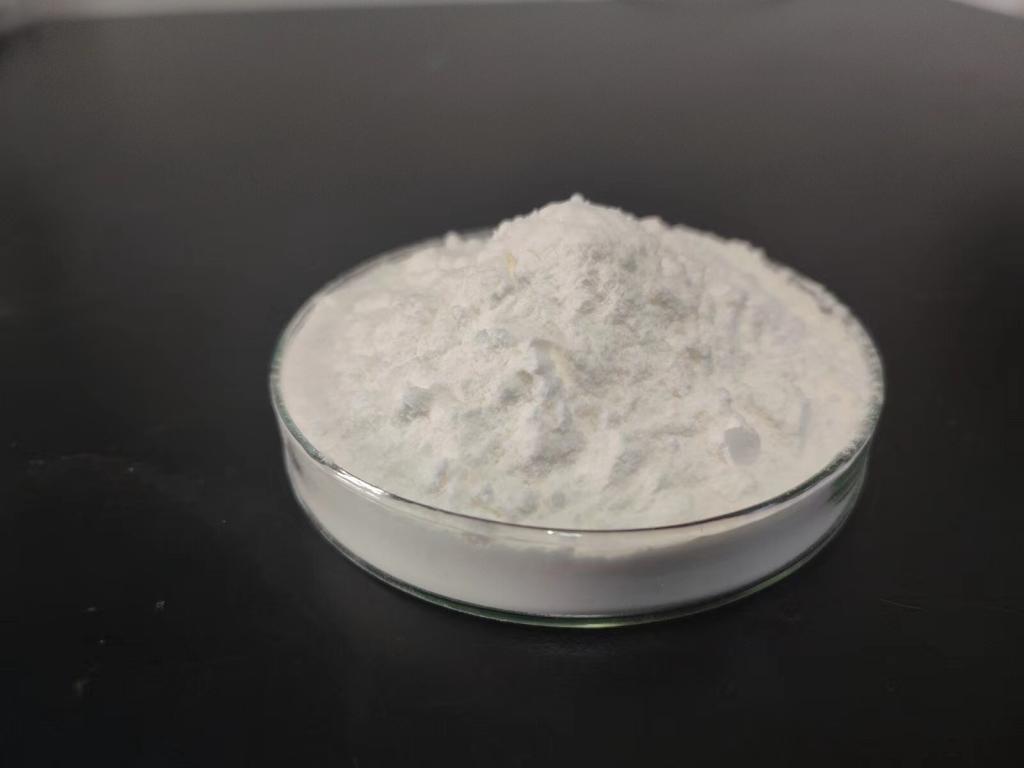Tel:+8618231198596

News
 CONTACT
CONTACT
 CONTACT
CONTACT
- Linkman:Linda Yao
- Tel: +8618231198596
- Email:linda.yao@dcpharma.cn
- Linkman:CHARLES.WANG
- Department:Overseas
- Tel: 0086 0311-85537378 0086 0311-85539701
News
Current Position:
Home >
News
>Investigating the Antiviral Properties of ε-Polylysine Hydrochloride.
Investigating the Antiviral Properties of ε-Polylysine Hydrochloride.
TIME:2024-06-07
Background on ε-Polylysine Hydrochloride
Structural Overview:
ε-Polylysine hydrochloride is a homopolymer of L-lysine, consisting of multiple lysine residues linked by peptide bonds.
Its cationic nature and high molecular weight make it an attractive candidate for various biomedical applications, including antimicrobial and antiviral therapies.
Production and Purification:
ε-Polylysine hydrochloride is typically produced through microbial fermentation, using strains of Streptomyces albulus or other ε-polylysine-producing microorganisms.
Purification processes involve extraction, precipitation, and chromatographic purification to obtain high-purity ε-polylysine hydrochloride suitable for pharmaceutical applications.
Antiviral Mechanisms of ε-Polylysine Hydrochloride
Viral Attachment and Entry Inhibition:
ε-Polylysine hydrochloride has been shown to interfere with viral attachment and entry into host cells by binding to viral surface glycoproteins or receptors.
Its cationic nature enables electrostatic interactions with negatively charged viral particles, preventing their attachment to host cell receptors and subsequent internalization.
Disruption of Viral Replication:
ε-Polylysine hydrochloride may disrupt viral replication processes by interfering with viral nucleic acid synthesis or assembly.
Its ability to penetrate viral envelopes or capsids and disrupt their structural integrity inhibits viral replication and reduces viral load within infected cells.
Immunomodulatory Effects:
Emerging evidence suggests that ε-polylysine hydrochloride may possess immunomodulatory properties, enhancing host immune responses against viral infections.
By stimulating innate immune pathways or modulating cytokine production, ε-polylysine hydrochloride may augment antiviral defenses and reduce viral pathogenicity.
Antiviral Activity Against Specific Viral Pathogens
Influenza Virus:
Studies have demonstrated the inhibitory effects of ε-polylysine hydrochloride against influenza A and B viruses, including strains resistant to conventional antiviral drugs.
Its broad-spectrum antiviral activity and low likelihood of inducing viral resistance make it a promising candidate for influenza treatment and prophylaxis.
Herpesviruses:
ε-Polylysine hydrochloride exhibits potent antiviral activity against herpes simplex virus (HSV) and varicella-zoster virus (VZV), two members of the Herpesviridae family.
Its ability to disrupt viral envelope integrity and inhibit viral entry into host cells make it a potential therapeutic agent for herpesvirus infections.
Respiratory Syncytial Virus (RSV):
Preliminary studies suggest that ε-polylysine hydrochloride may possess inhibitory effects against respiratory syncytial virus (RSV), a common cause of respiratory tract infections in infants and young children.
Further research is warranted to elucidate the mechanisms of action and therapeutic potential of ε-polylysine hydrochloride against RSV and other respiratory viruses.
Potential Applications and Future Directions
Antiviral Therapeutics:
ε-Polylysine hydrochloride holds promise as a novel antiviral therapeutic agent for the treatment of various viral infections, either alone or in combination with existing antiviral drugs.
Its broad-spectrum activity, low cytotoxicity, and potential for topical or systemic administration make it a versatile candidate for clinical development.
Antiviral Coatings and Surfaces:
ε-Polylysine hydrochloride can be incorporated into coatings or surface treatments to impart antiviral properties to medical devices, personal protective equipment, and high-touch surfaces.
Its ability to inhibit viral attachment and transmission may help reduce the risk of nosocomial infections and viral outbreaks in healthcare settings.
Vaccine Adjuvants:
ε-Polylysine hydrochloride may serve as an adjuvant in vaccine formulations to enhance immune responses and improve vaccine efficacy against viral pathogens.
By stimulating innate and adaptive immune pathways, ε-polylysine hydrochloride can augment antigen-specific immune responses and promote long-lasting immunity.
Challenges and Considerations
Safety and Biocompatibility:
Although ε-polylysine hydrochloride exhibits low cytotoxicity in vitro, its safety profile and biocompatibility in vivo require further evaluation through preclinical and clinical studies.
Long-term exposure studies are needed to assess potential adverse effects and determine appropriate dosage regimens for therapeutic use.
Resistance Development:
Continued surveillance is essential to monitor for the emergence of viral resistance to ε-polylysine hydrochloride and identify potential mechanisms of resistance.
Combination therapies and rational drug design strategies may help mitigate the risk of resistance development and prolong the efficacy of ε-polylysine hydrochloride as an antiviral agent.
Conclusion
ε-Polylysine hydrochloride represents a promising avenue for the development of novel antiviral therapies with broad-spectrum activity and potential applications in various biomedical settings. Its mechanisms of action, including viral attachment and entry inhibition, disruption of viral replication, and immunomodulatory effects, offer multiple targets for therapeutic intervention against viral infections. While initial studies have demonstrated its efficacy against influenza viruses, herpesviruses, and respiratory syncytial virus, further research is needed to elucidate its antiviral activity against other viral pathogens and assess its safety and biocompatibility in clinical settings. With ongoing advancements in drug development and biomedical engineering, ε-polylysine hydrochloride holds promise as a versatile antiviral agent with the potential to address unmet medical needs and combat emerging viral threats in the future.
- Tel:+8618231198596
- Whatsapp:18231198596
- Chat With Skype







